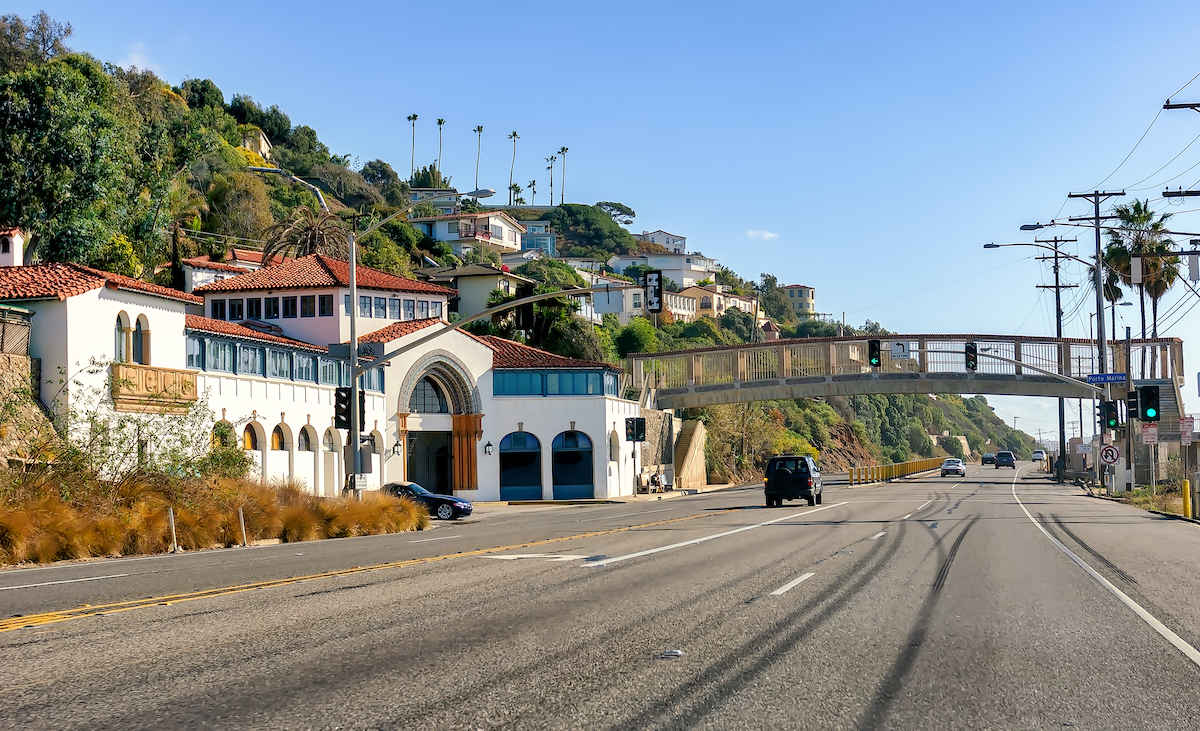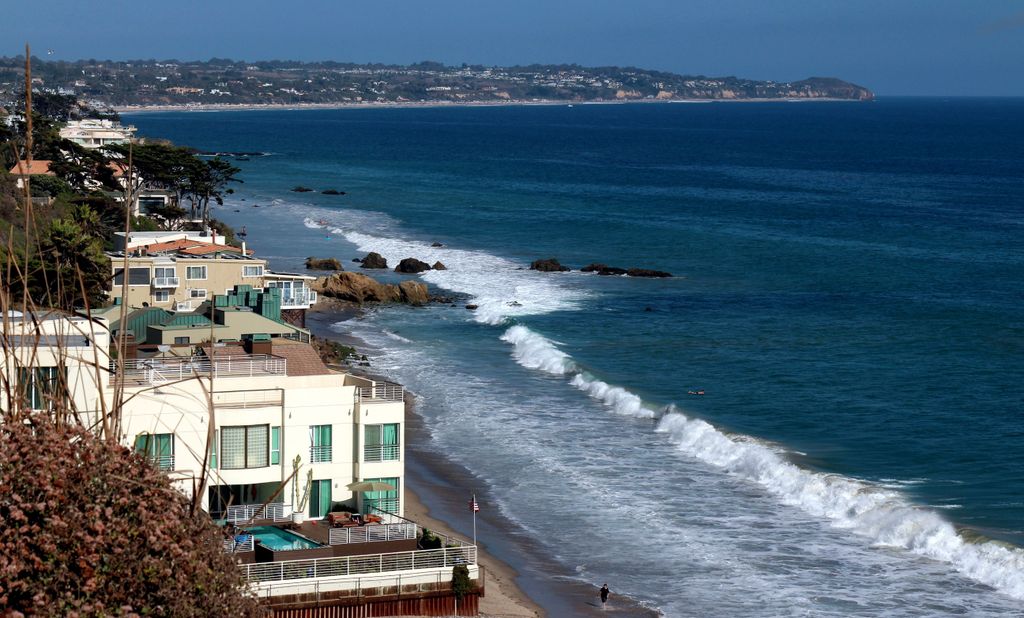
Malibu, California, a name synonymous with sun-drenched beaches, celebrity enclaves, and sweeping Pacific vistas, harbors a stark and dangerous paradox. At its very heart lies Pacific Coast Highway, or PCH, a vital artery that, for many, has become a relentless source of heartbreak and a grim reminder of paradise paved with tears. This iconic 21-mile stretch through Malibu, while offering breathtaking coastal drives, is increasingly defined by the alarming frequency of fatal collisions and the desperate, multifaceted efforts to curb its deadly toll.

Central to this ongoing struggle is Michel Shane, a Hollywood producer with a life that once seemed enviable, marked by blockbuster films and a canyon home overlooking the Pacific. Yet, his seemingly charmed existence was irrevocably shattered on a Spring Break afternoon in 2010. That day, a drive to pick up his daughter, Emily, turned into a horrifying nightmare, leaving an indelible mark on his life and transforming him into an unwavering advocate for change.
Shane vividly recalls the moments leading to the tragedy. He had observed an erratic driver, later identified as a man in his mid-20s in a Mitsubishi Lancer, racing down PCH and weaving through traffic. Moments later, after reaching the designated pick-up point, he learned authorities were blocking off the area; Emily, just 13 years old, had been struck by the same out-of-control vehicle.

“She had a headset on, she turned to see what was going on and he hit her right on,” Shane recounted, adding, “She went 10 feet in the air, hit a sign and by the time she hit the ground, she was basically brain dead.” Paramedics confirmed the devastating news while Emily was still in the ambulance, a moment Shane describes as an instantaneous transformation: “I often say I was one person on April 3rd at 5:59, and I was another person at 6 o’clock.”
Before this tragic pivot, Shane, like many Malibu residents, had casually dismissed PCH’s inherent dangers, recalling his attitude as, “Oh, it’s dangerous but that’s the road and we got to live with it.” Emily’s death, however, instilled a profound personal mission to honor her memory by making the highway safer. He produced a documentary highlighting PCH’s perils and, with his wife Ellen, established the Emily Shane Foundation, perpetuating Emily’s deeply empathetic and giving spirit.
Ellen Shane, who now runs the foundation, often reminisces about Emily’s profound generosity. “My wife had to carry snack bars with her,” Michel Shane shared, adding, “If (Emily) saw a homeless person, she had to give them one because she just didn’t want anyone to be in distress.” This legacy of compassion now fuels a relentless pursuit of safety, though the highway’s grim statistics continued to mount.
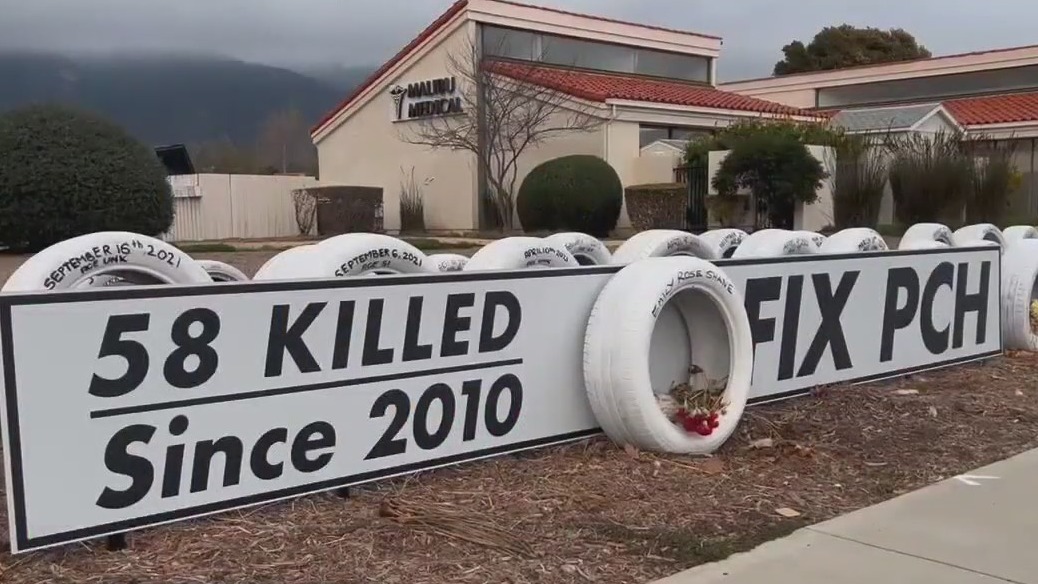
The alarm was again sounded in 2023 when four Pepperdine University seniors — Asha Weir, Deslyn Williams, Niamh Rolston, and Peyton Stewart — were tragically killed on PCH by a speeding car as they walked to an off-campus mixer. This horrific event renewed outrage and prompted the creation of a permanent memorial of white tires bearing the names of the dead, alongside a chilling sign proclaiming: “61 killed since 2010,” and the urgent demand, “Fix PCH.”
Indeed, the numbers underscore the escalating crisis. Data from the California Highway Patrol indicates that while statewide crashes were down by about 10% in 2023 compared to previous years, and crashes causing death or significant injury were down almost 50% from the average of the previous four years, Malibu’s portion of PCH tells a different story. A Times analysis reveals that despite scattered safety improvements, PCH has become more dangerous, with 170 deaths and serious injuries to drivers, passengers, cyclists, and pedestrians between 2011 and 2023, and these numbers consistently rose from 2018 through 2022.
In 2023 alone, the Malibu/Lost Hills station of the L.A. County Sheriff’s Department recorded 127 property-damage collisions, 93 injury collisions, and three fatality collisions resulting in seven deaths, with speed identified as a primary factor in all incidents. Captain Jennifer Seetoo of the Malibu/Lost Hills station, who describes PCH as a “racetrack,” recounted a recent incident where a sergeant saved an 18-year-old driver going 96 mph, whose car rolled multiple times and caught fire after crashing. These harrowing accounts underscore the urgent need for intervention.
PCH itself is a unique, often contradictory, thoroughfare. It functions as Malibu’s “beating heart,” the de facto Main Street in a town that lacks a traditional center, and the essential exit route for coastal drivers. However, this very mix of uses—a parking lot for the beach, a main street, and a high-speed corridor—is precisely what makes it so perilous. Cars can be bumper-to-bumper at times, or driven at “racetrack speeds,” creating an unpredictable and inherently dangerous environment for the constant flow of tourists, residents, cyclists, and pedestrians.
Recognizing the escalating danger, local and state transportation officials are pursuing a range of traditional road improvements. The state has implemented speed reductions and enhanced crosswalks as part of an ongoing safety plan. Furthermore, new laws are paving the way for speed cameras to be introduced in Malibu as early as this year, adding another layer of enforcement.
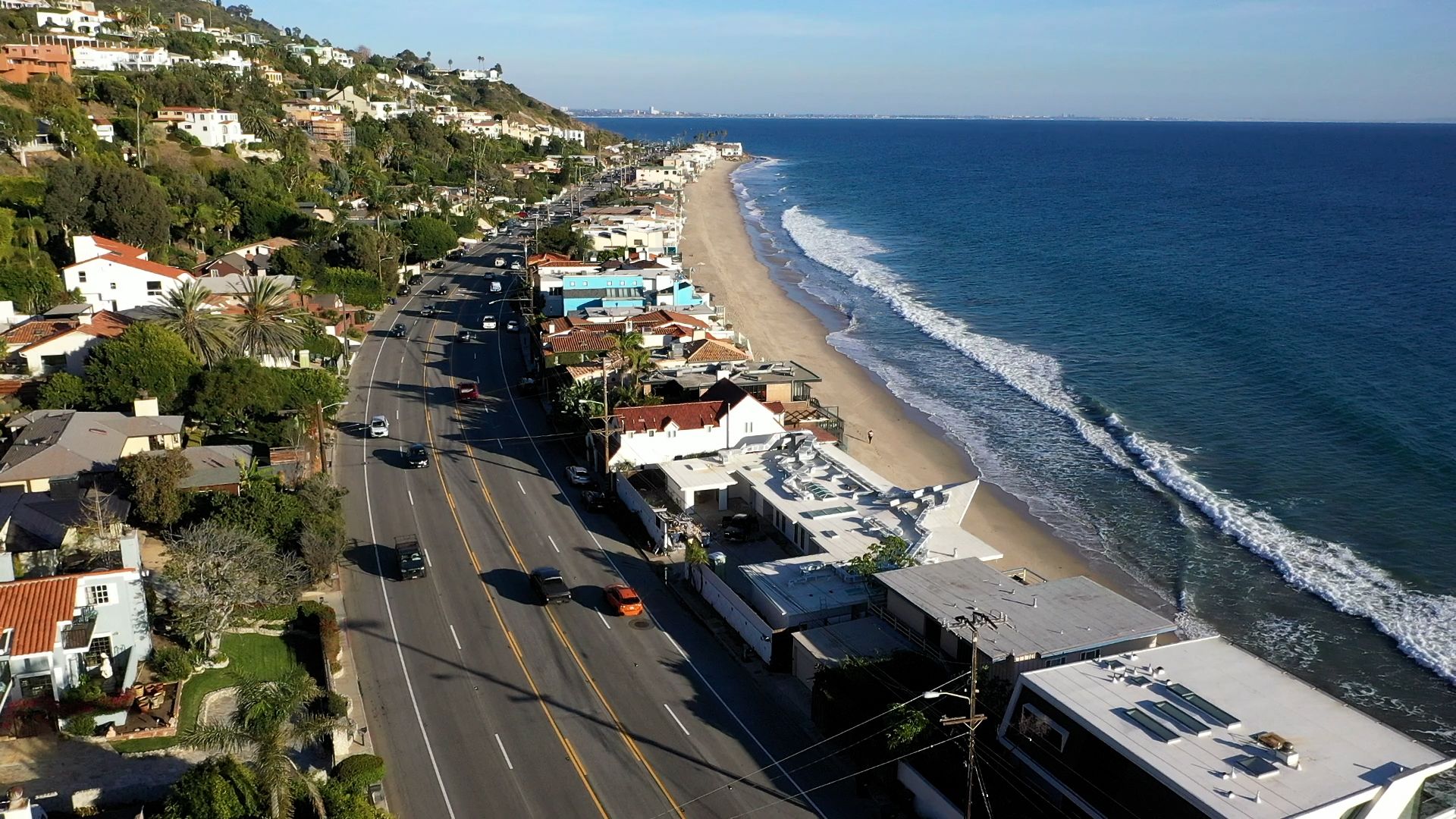
Caltrans, the California Department of Transportation, has also approved a $4.2 million contract to advance a draft list of 30 upgrades. These include enhanced striping in curves, optical speed bars — which are stripes spaced at gradually decreasing distances to make drivers aware of their speed — speed feedback signs, speed limit markings on the pavement, and the replacement of safety corridor signs. While each project requires a process, California Transportation Secretary Toks Omishakin affirmed, “this is not a ‘business as usual’ approach.”
A significant undertaking is the $34.6 million year-long project to install communication lines for remote control and synchronization of traffic signals. Initiated in early December, this system will capture real-time traffic data, allowing controllers to adjust signal timing. The goal is to ensure that vehicles exceeding the speed limit encounter red lights, while those adhering to it encounter green, effectively reducing the flow of speeding traffic.
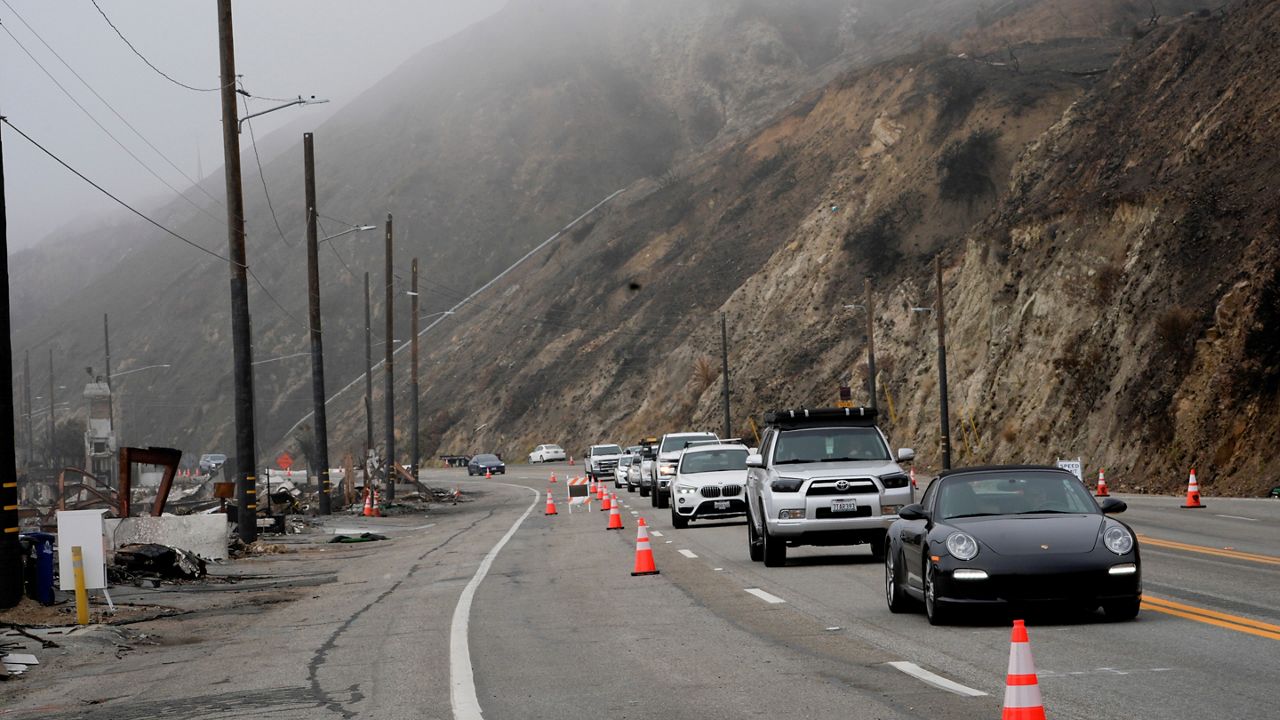
Funded by Measure R funds administered by the Los Angeles Metropolitan Transportation Authority, this project, despite its approval seven years ago, faced considerable delays. Matt Myerhoff, Malibu’s public information officer, noted that the Caltrans review process was “more cumbersome than anticipated,” delaying the project’s completion by over a year. “We understand the complexities involved in regulatory procedures,” Myerhoff stated, “However, we believe that a thorough review of the specific circumstances surrounding the signal synchronization project could shed light on areas where the process might be optimized without compromising safety and quality.”
The Malibu City Council has also declared a local emergency to swiftly approve a short-term contract with the California Highway Patrol (CHP) for immediate interim patrols, bolstered by officers volunteering for overtime. These efforts aim to enhance enforcement, as regular CHP patrols have been absent in Malibu since the city’s incorporation in 1991. A long-term contract for permanent CHP patrols is expected to commence in January, working in conjunction with the L.A. County Sheriff’s Department.
In addition, Caltrans is actively assessing opportunities to reduce the posted speed limit, alongside immediate actions such as implementing optical speed bars and speed feedback signs. The agency is also exploring designating PCH as a “safety corridor,” a classification that would double fines for speeding violations due to the high number of serious collisions in the area. Michael Comeaux, a Caltrans spokesperson, emphasized the agency’s commitment, stating, “Caltrans continues to develop numerous projects on PCH in coordination with the city of Malibu and other project partners to maintain and enhance the highway for the safety of residents, businesses, workers and people who seek access to beaches.”

